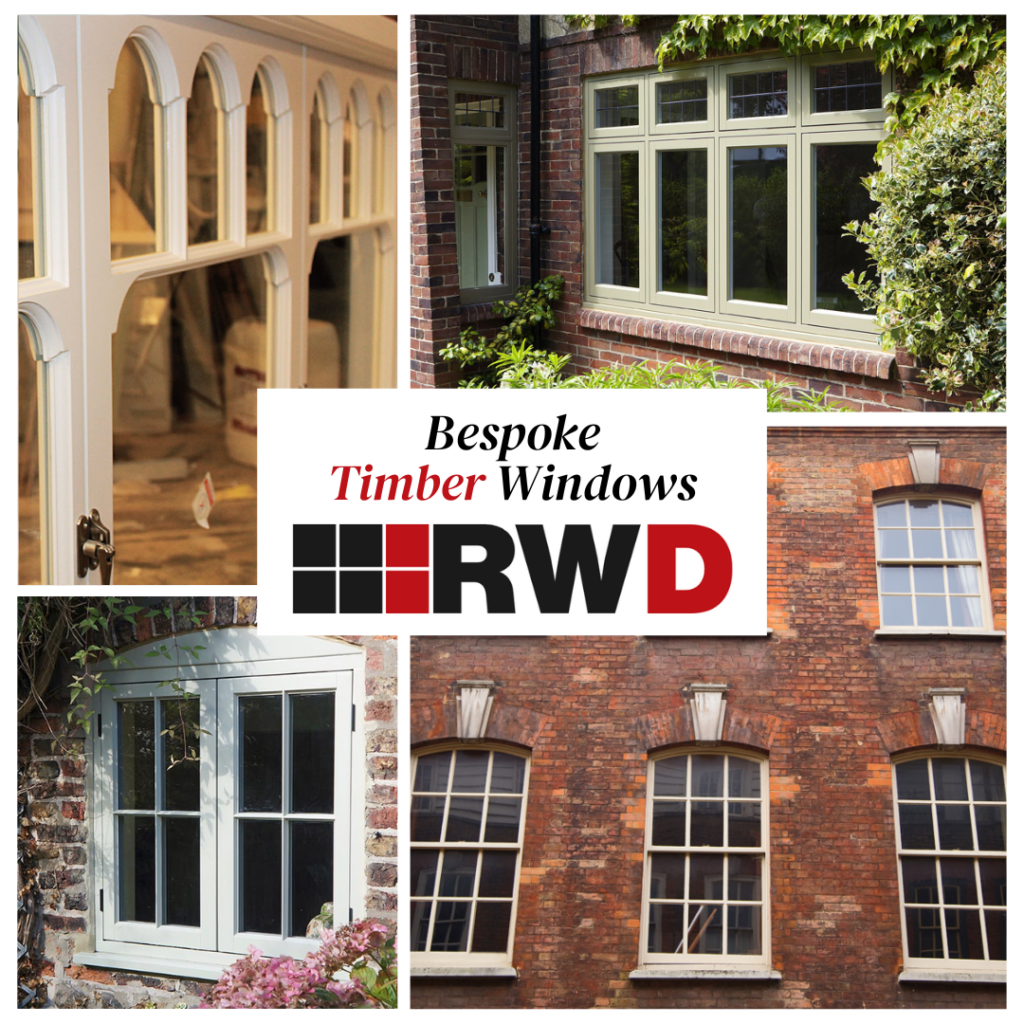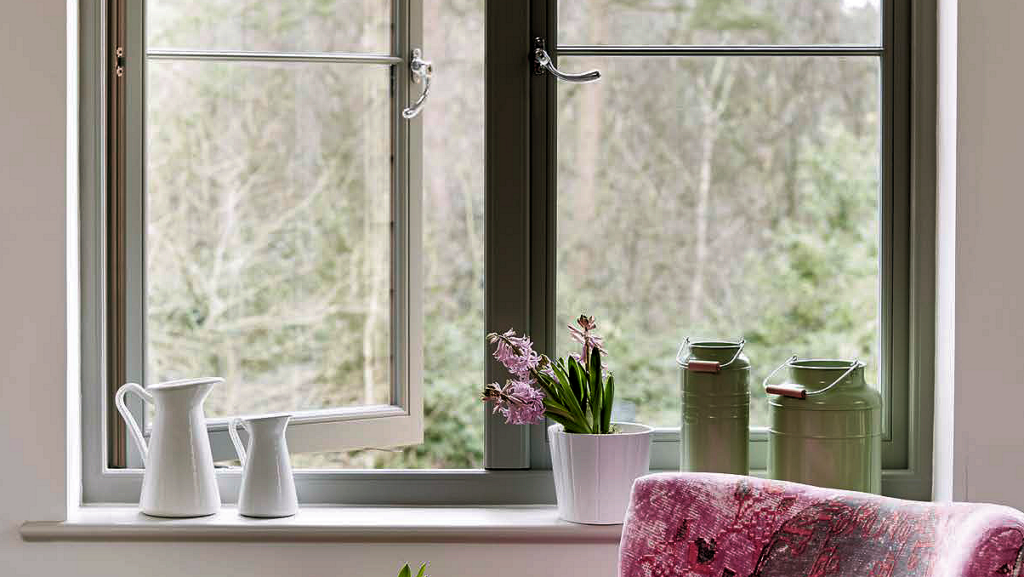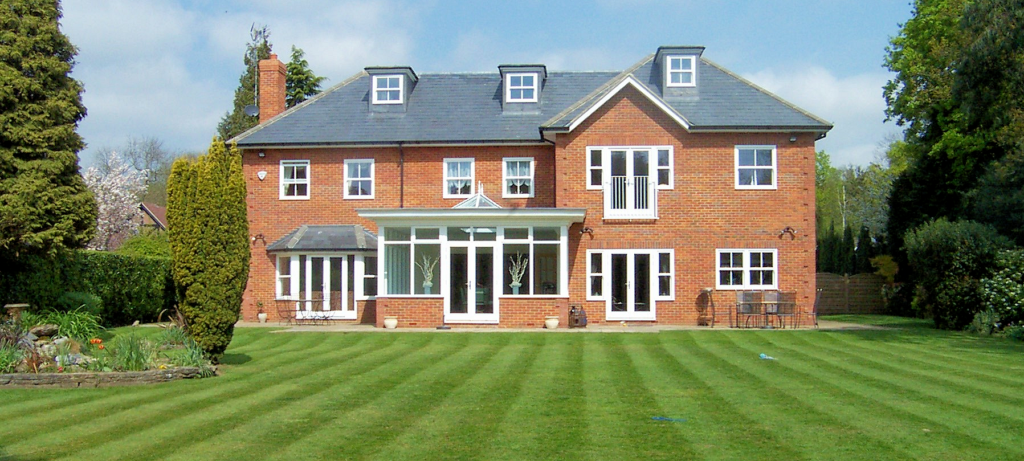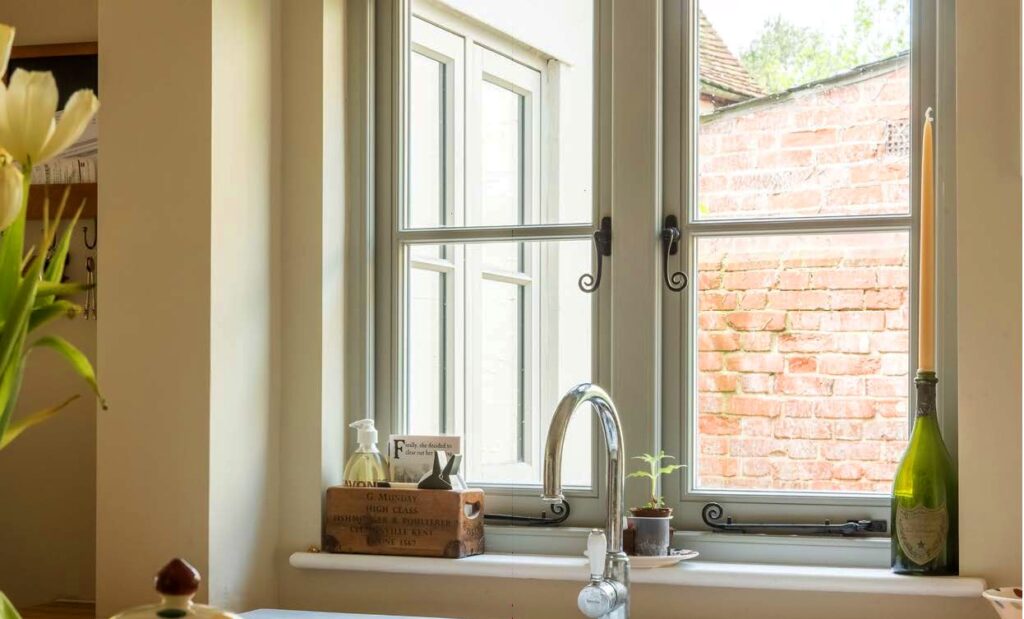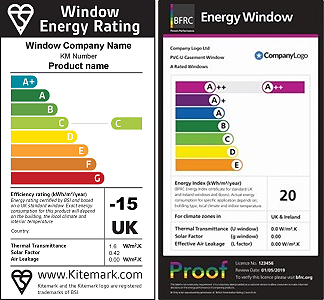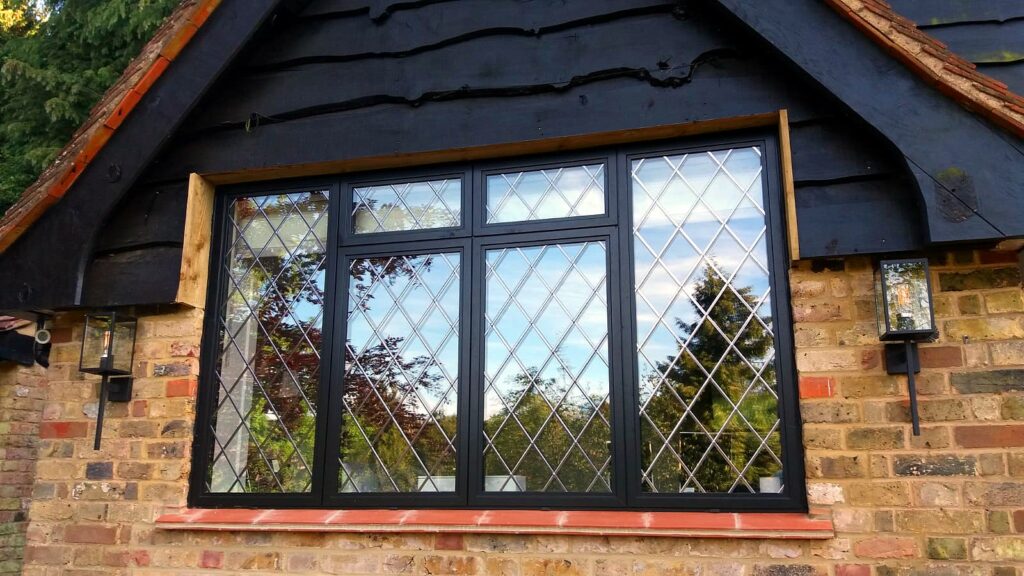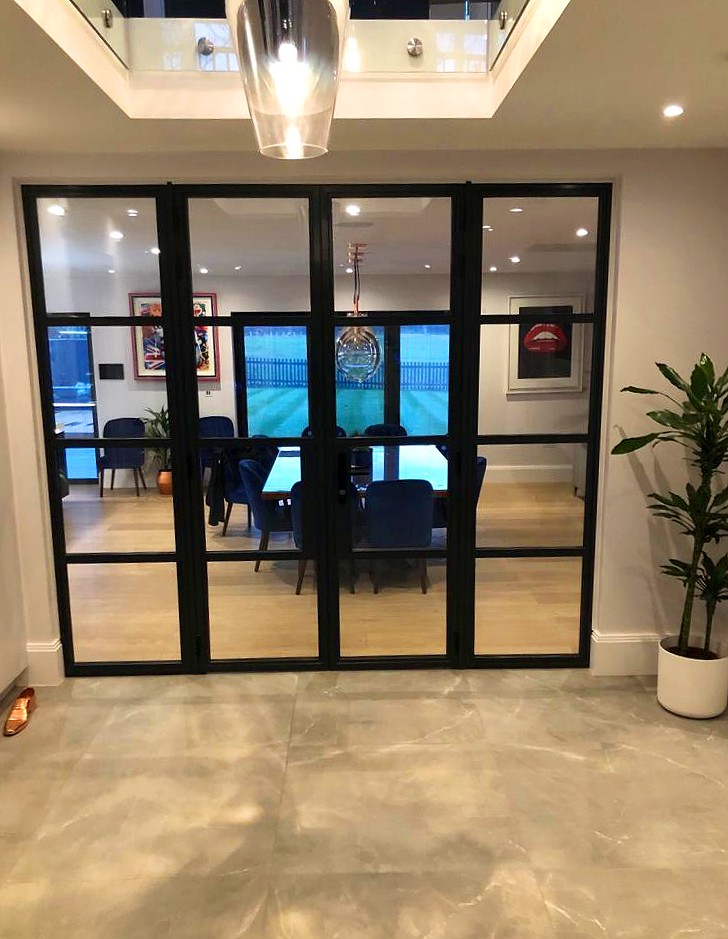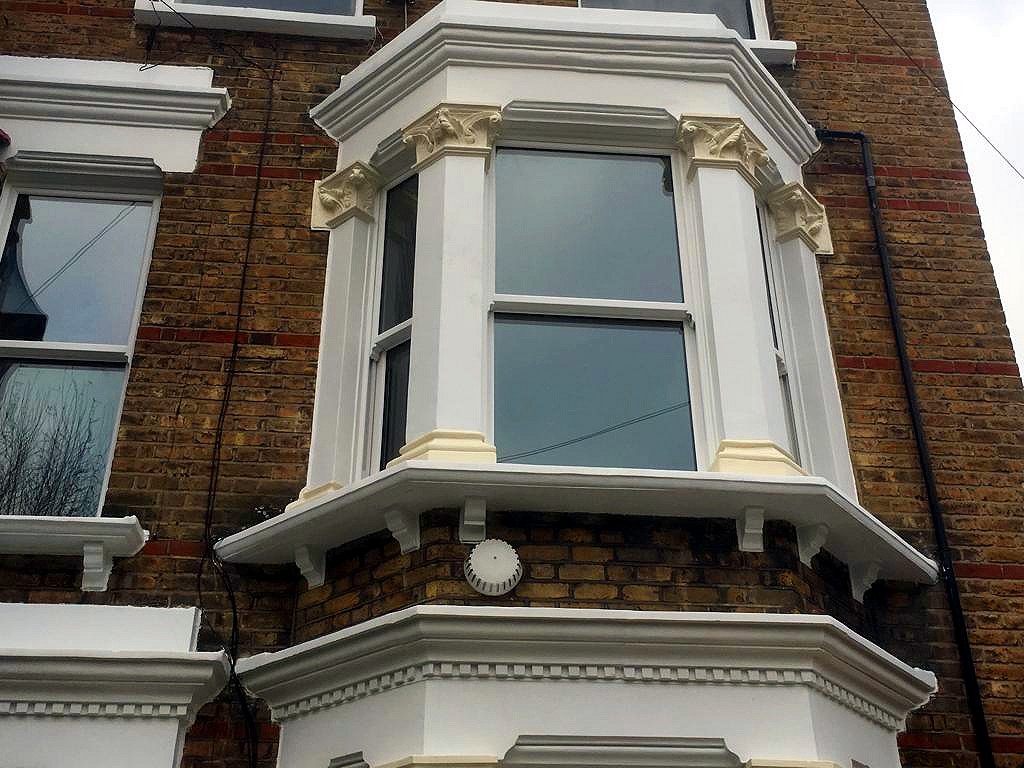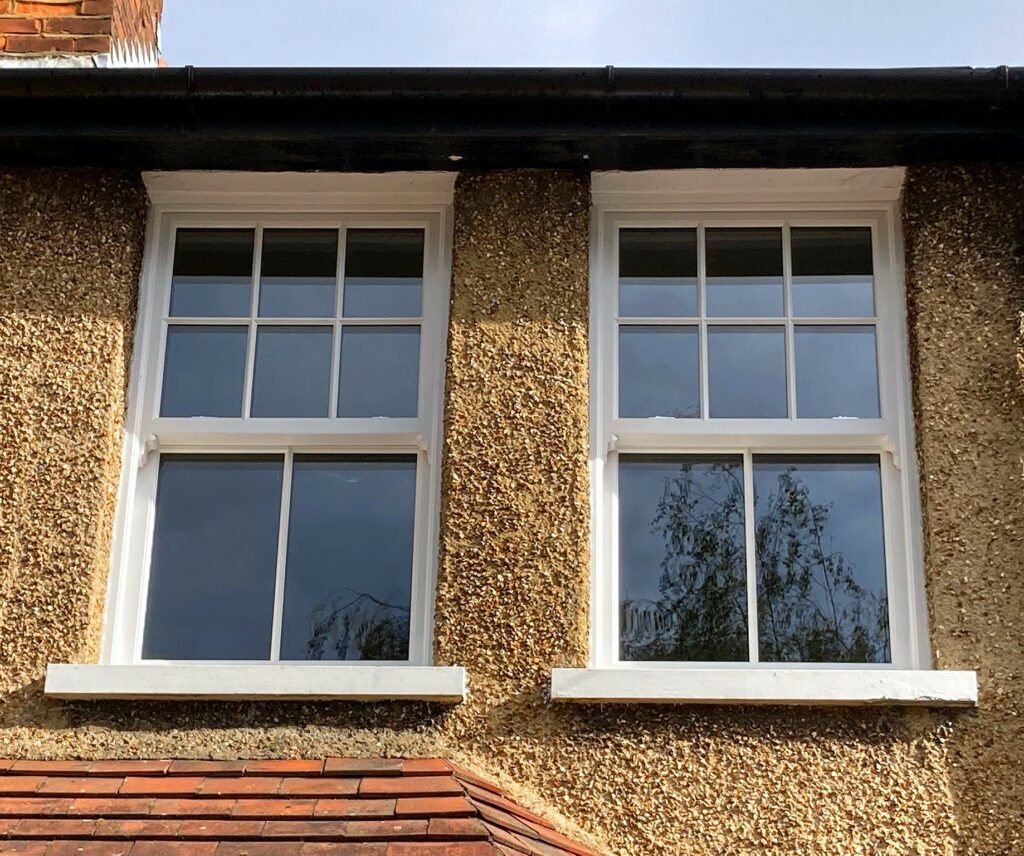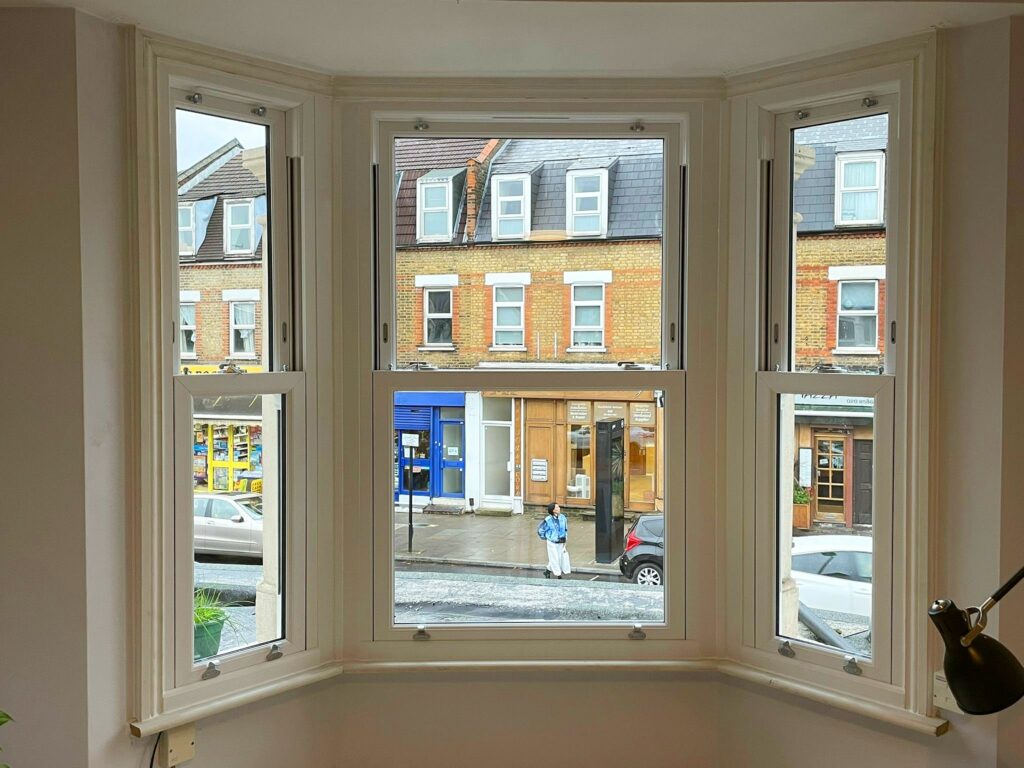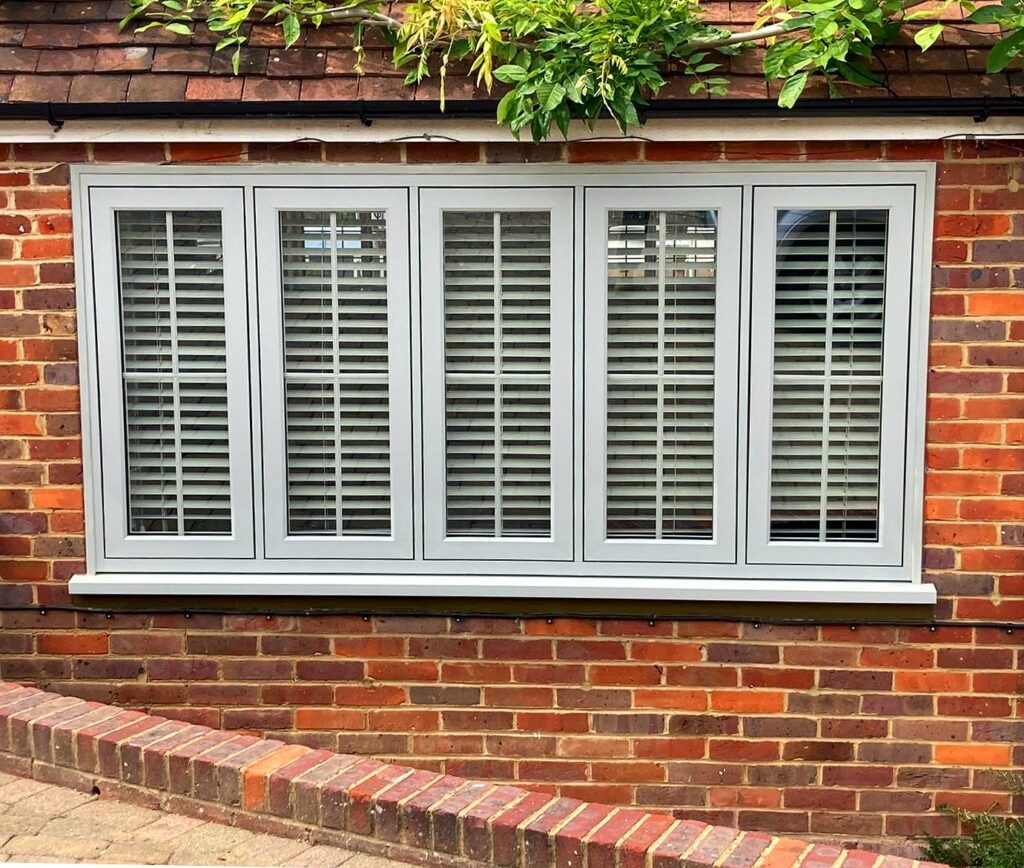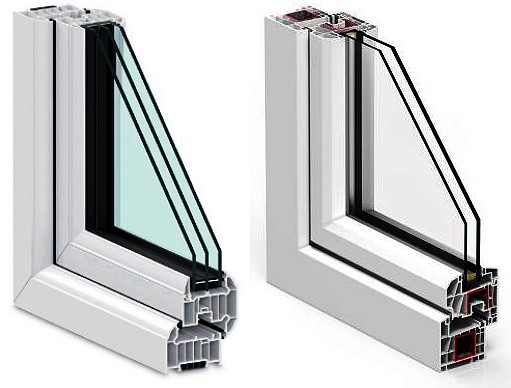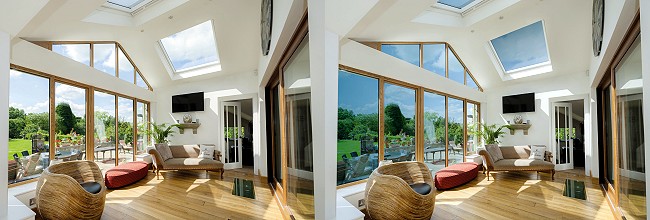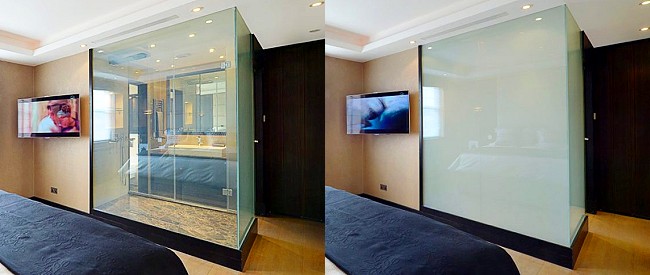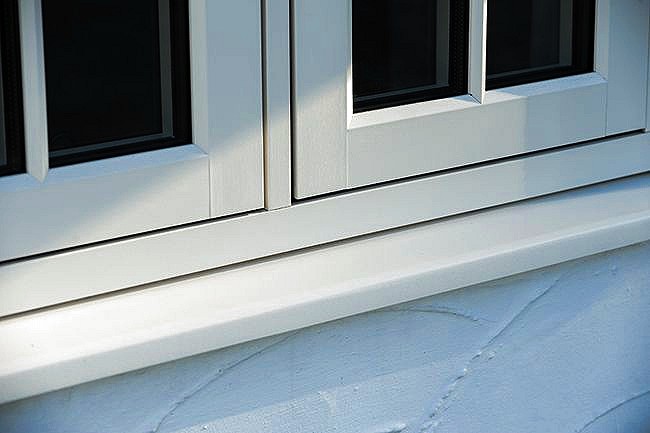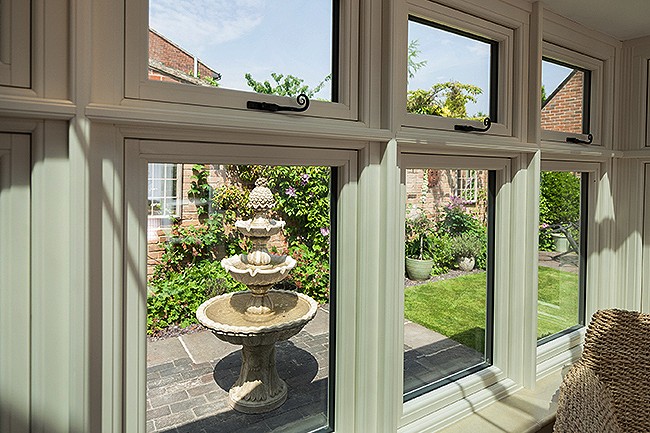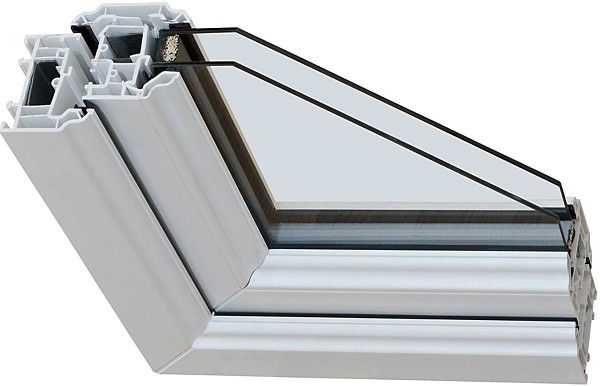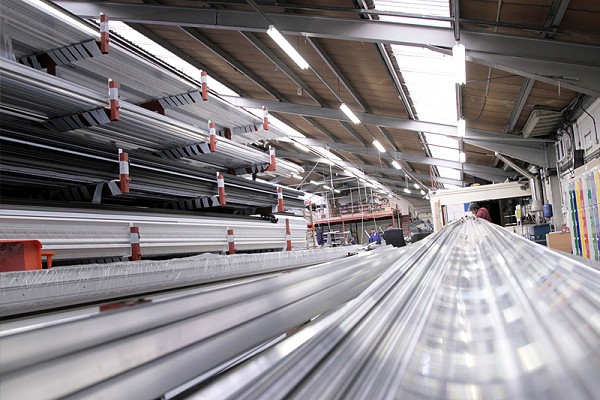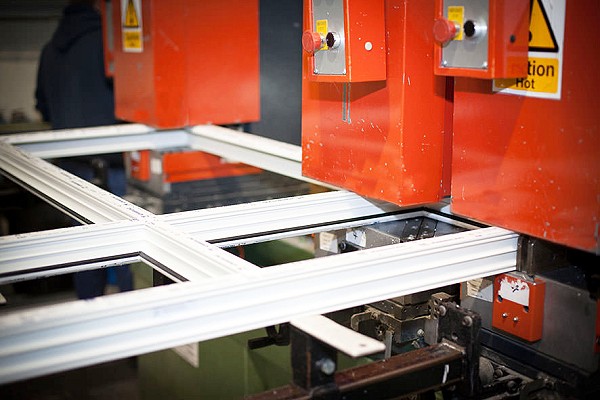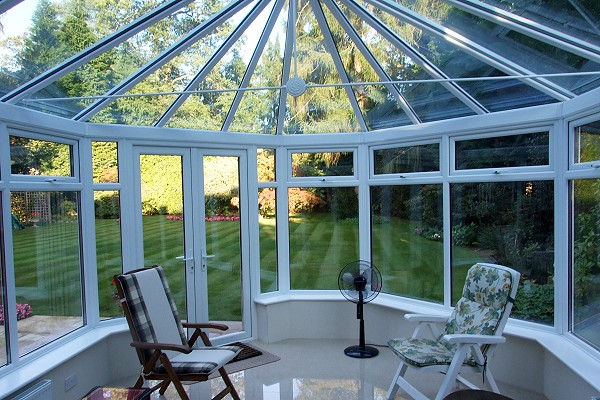We all want the best for our homes. But if we’re thinking about upgrading our windows, what exactly are the “best” double glazed windows for our home, and why? The best of anything will most likely depend heavily on your own personal needs, wants, expectations and inevitably your budget.
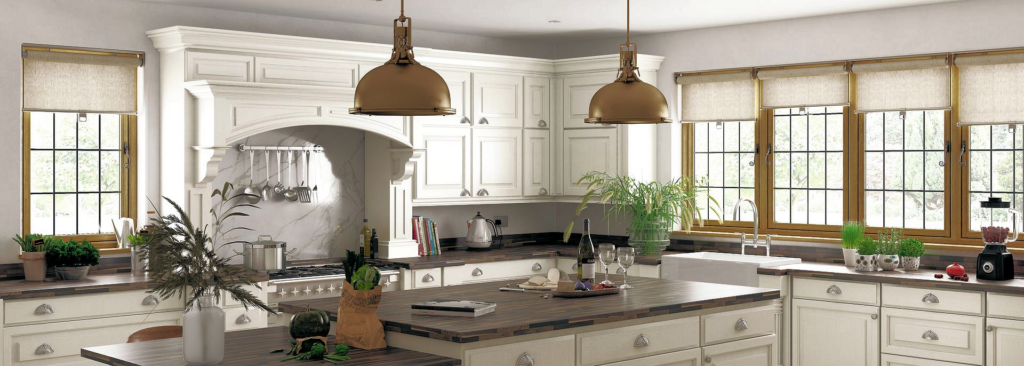
One of the most popular reasons to invest in new windows is improved energy efficiency. Replacing old, draughty and rotten windows with new, energy efficient windows can make a huge difference to your home. They look better, cleaner, more up to date, and if you want to, it’s a great way to completely “reinvent” and modernise (or even re-traditionalise!) the entire look of your home.
FENSA HOMEOWNER: The best double glazed windows combine your preferred style with high-performance features that improve your home, without compromising on either aspect. Top benefits include improved security and energy efficiency, reduced maintenance, less condensation issues and impressive sound insulation. Discuss what you want from your new windows with your installer, to ensure your investment offers the levels you need and if these are the best choice for you.
There are many different types of uPVC window, so how do you go about choosing the right type of window for you, your home and your budget?
Window styles and different types of window.
- Casement uPVC windows in standard and flush fit (Rehau) ££/£££
- Vertical sliding uPVC sash windows (ECOslide) £££
- Timber replacement uPVC flush fit windows (Residence) ££££
A top consideration for most homeowners is what style of window they are looking for. Keep to the same look, or go for something different? If you’re looking to replace the original windows in your home, in most instances we would advise you to stay as close as possible to the existing aesthetics, as these tend to work better with the style of your home.
If you’re embarking on a major refurbishment project, this is a great opportunity to give your home a fresh new modern look.
However in some cases, particularly with Victorian and Edwardian homes, a previous window replacement may have resulted in the traditional window being lost to a modern casement that looks completely out of place. Reinstating new modern energy efficient sash windows or traditional style casements will make a significant improvement to your home’s visual aesthetics.
1. STANDARD uPVC CASEMENT WINDOWS (££/£££)
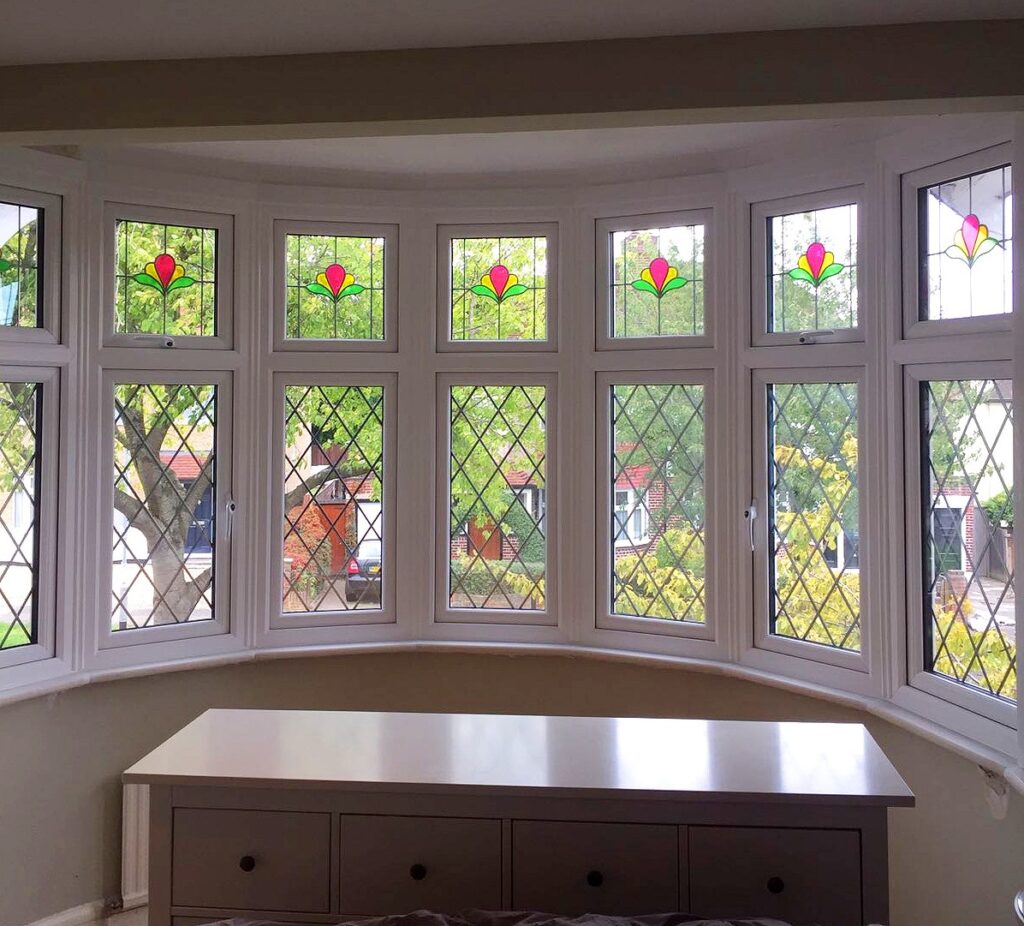
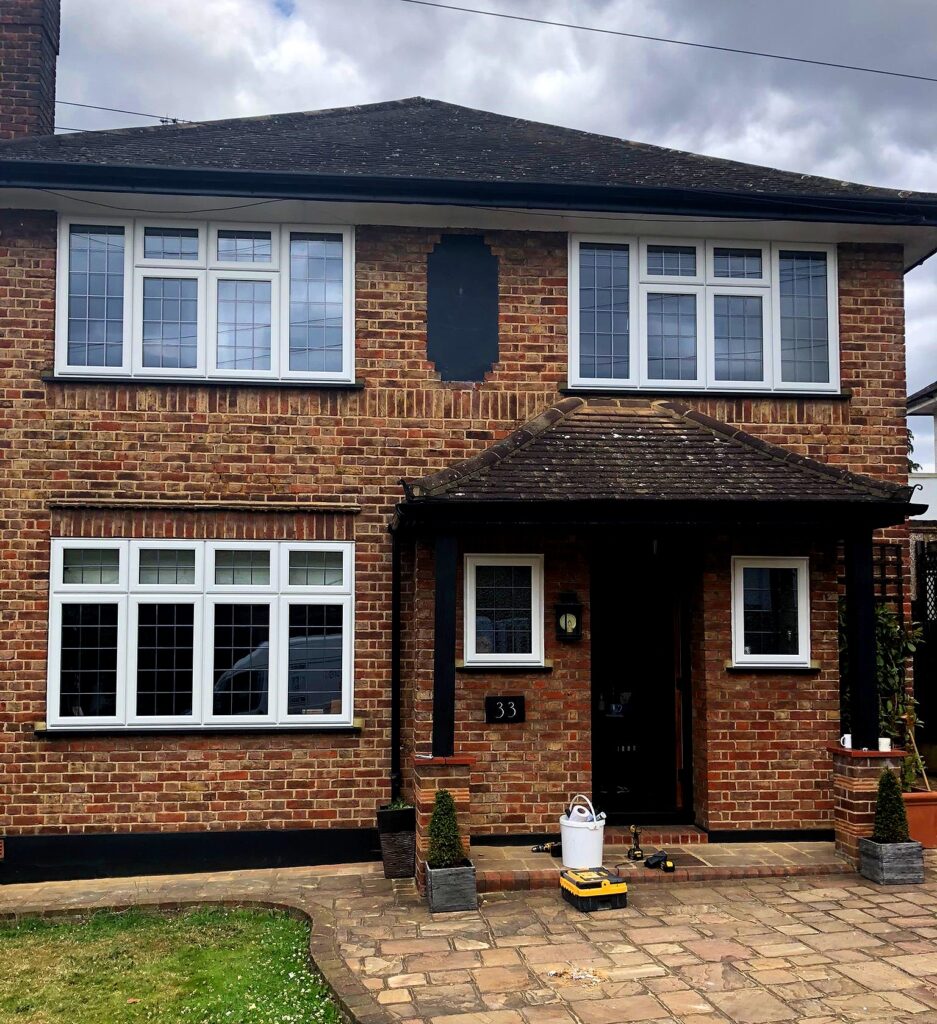

We install market leader REHAU "A" rated uPVC casement windows and doors as standard. Available in classic casements and the Rio FLUSH fit, our Rehau windows have been tested in accordance with, and meet, the highest requirements of BS7412 for the standard of a manufactured window. Enhanced security: REHAU windows and doors are tested to the highest security standard giving you an added level of security to your home and family. Weather performance: Independently tested, REHAU windows and doors achieve the highest BSI ratings for wind, water and air, protecting your home from the elements. Low maintenance: REHAU windows contain a unique compound that guarantees a smooth, high gloss finish meaning that your new windows retain their pristine appearance for years to come. This also means that they will never warp or rot and, of course, will never need painting.
2. VERTICAL SLIDING uPVC SASH WINDOWS (£££)
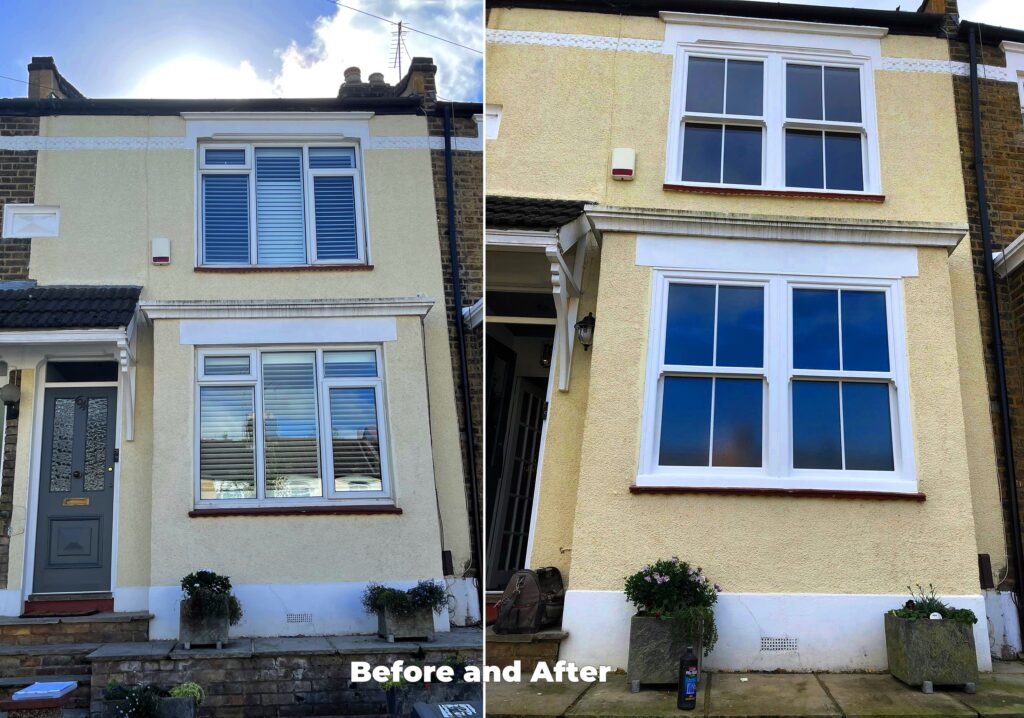
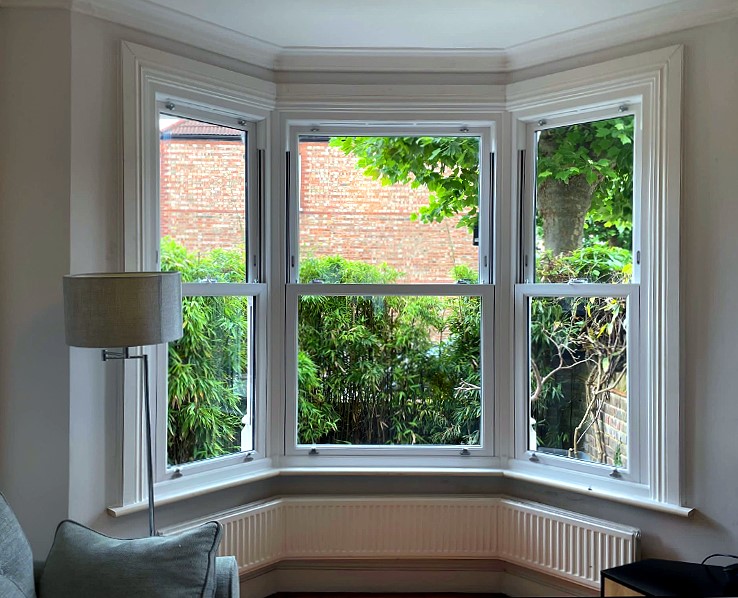
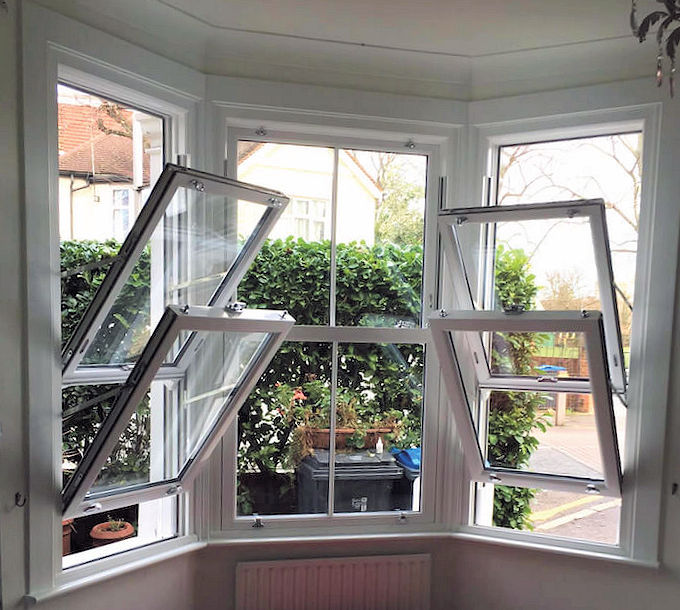
We install the "A+" rated ECOSlide sliding sash window by market leader Victorian Sliders, Europe's largest specialist manufacturer of uPVC sash windows. Available in a range of colours and features such as arched and swept heads. Weather performance: Independently tested, the ECOSlide sash window has been evaluated in accordance with BS.6375 Part 1 “Performance of Windows: Classification for Weathertightness” and has achieved outstanding results. The figures achieved indicate that the tested Weather Performance Rating for the ECOSlide vertical sliding uPVC sash windows will meet “Severe” weather conditions. Security: ECOSlide sash windows are designed with security in mind. Manufactured with an extruded anti-jemmy bar in the cill making them extremely secure. They also come with toughened glass, key-operated locks and travel restrictors, for extra peace of mind. Low maintenance: ECOSlide sash windows feature an inward opening tilt feature to allow for easy and safe cleaning from inside the property. They are incredibly low maintenance, requiring only a quick wipe down with a damp cloth to keep them looking good as new.
3. PREMIUM uPVC TIMBER REPLACEMENT WINDOWS (££££)

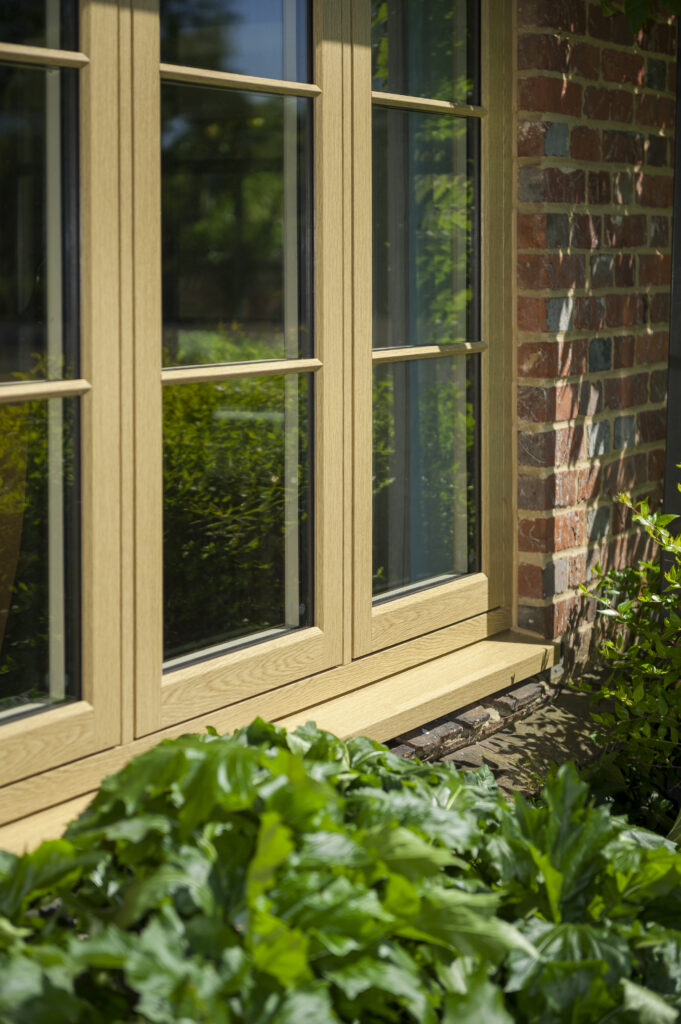
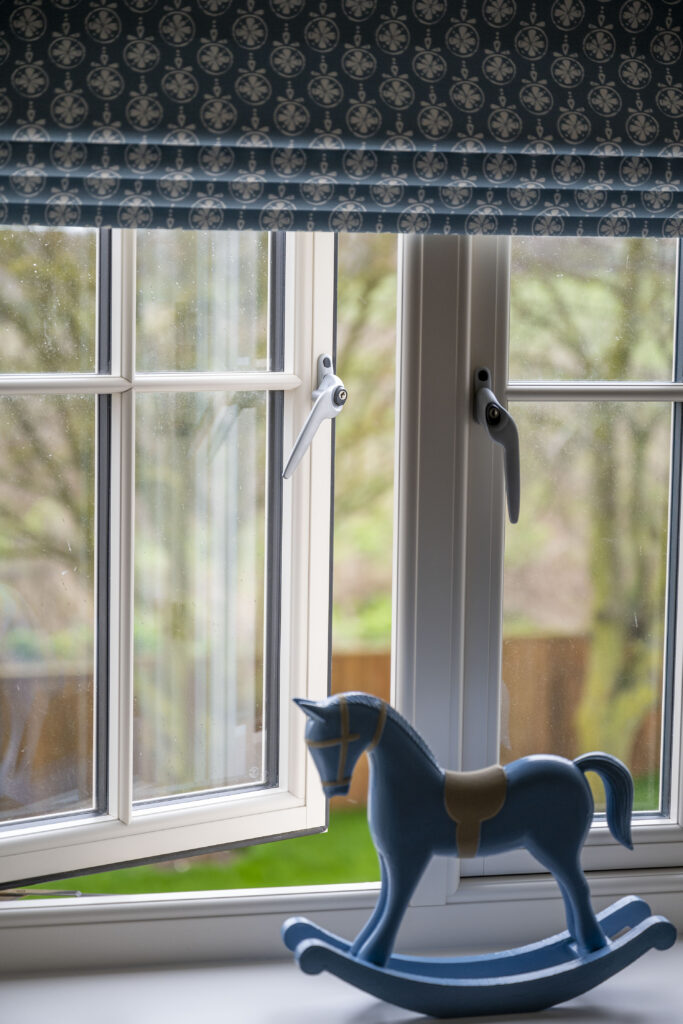
We install the premium Residence Collection "A+" rated flush fit timber replacement windows, designed to replicate the traditional timber designs found in heritage properties throughout the UK. Residence enables you to replace your windows and doors with an authentic design in heritage colours, without losing the character appearance and feel of the period. It integrates market leading technology into the design using virtually maintenance free materials. Perfect for both traditional and contemporary style homes, the collection offers three options: R9: Flush fit exterior with traditionally decorative interior that creates a classic aesthetic. R7: Flush fit both externally and insternally. R2: Flush fit contemporary style square frame, similar to the style of aluminium.
Check out our Residence teaser video below … go on, we can all dream! 😍
Add a little colour.
Choosing a different colour window can give an immediate update to your home’s kerb appeal. After standard white, anthracite grey is our most popular colour. All of our uPVC windows offer an exciting palette of colour choices, including both smooth finishes and woodgrain effect foils (that resemble painted wood) in the following options:
- Colour/woodgrain effect foil external with smooth white internal.
- Colour both external and internal.
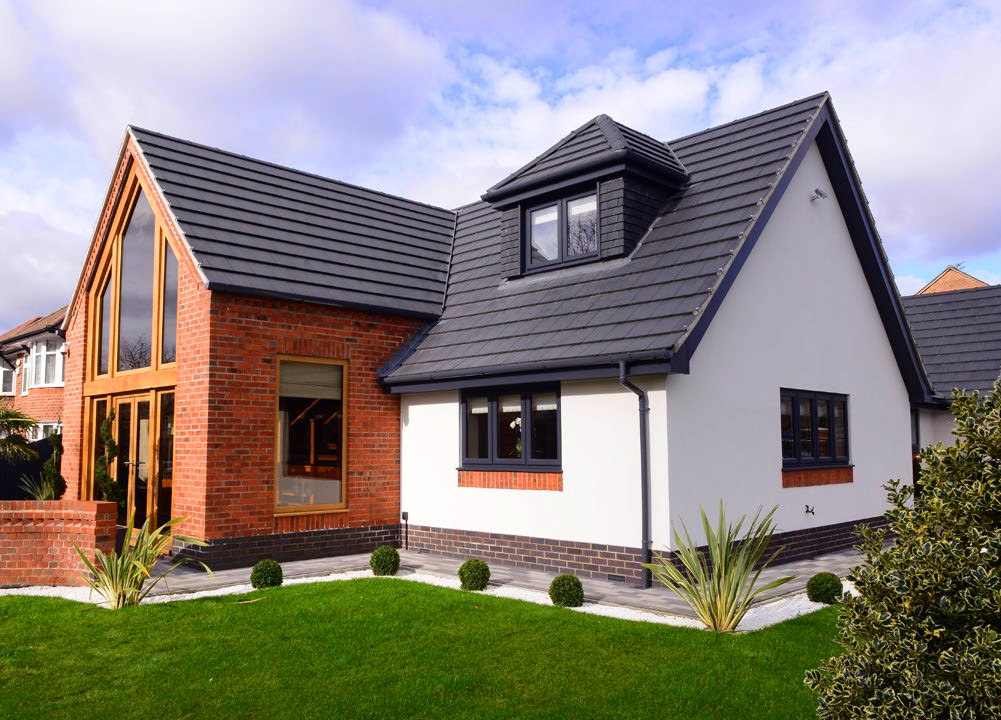
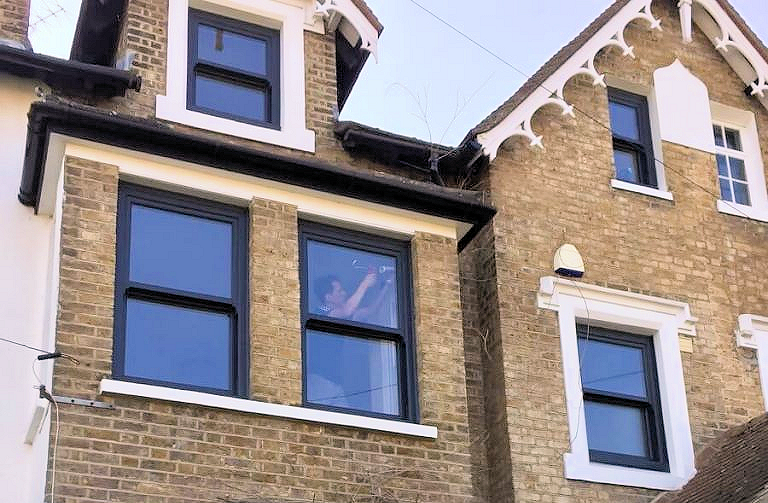

Recommended further reading:
- Download our Rehau standard uPVC brochure here >>
- Download our Rehau Rio flush uPVC brochure here >>
- Download our ECOSlider sash window brochure here >>
- Download our all our Residence Collection brochures here >>
- Watch all our product videos here >>
- Check out our useful BUYER’S GUIDE here >>
For more information on our full range of uPVC windows or to chat with us further, please contact us:
- By email: office@ruislipwindows.co.uk
- By phone: (020) 8868 1133



